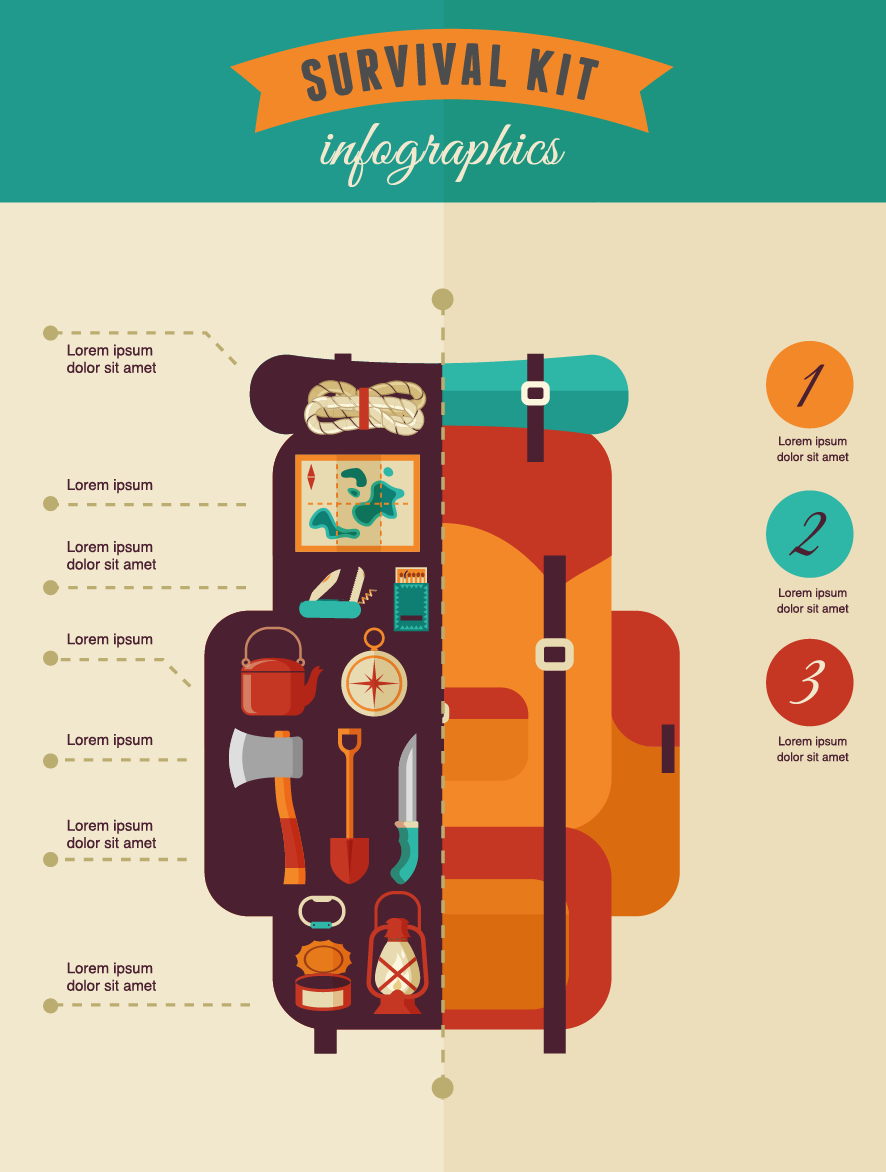Pursuing The Dream Marketing Your Empire By Selling Camping Tents
Pursuing The Dream Marketing Your Empire By Selling Camping Tents
Blog Article
How to Choose a Tent Footprint
Whether you need a camping tent impact relies on where and how usually you will certainly be camping. The footprints used by the supplier of your outdoor tents are usually a good choice but they can be expensive and heavy (the NEMO Hornet Dragonfly 2P footprint weighs 6.9 oz).
Can you sleep in a tent when it's raining?
You can additionally make your very own DIY tent impact from economical, hard wearing fabric such as a tarp groundsheet. However, a DIY impact may not be perfect for keeping your camping tent clean of mud or tree sap.
Size
A camping tent impact is basically a sheet that goes under your outdoor tents. It safeguards the ground below your tent from abrasive items, and it keeps all-time low of your outdoor tents tidy and dry. It also decreases the quantity of warmth lost to the ground while you sleep, and it can help safeguard your camping tent from dampness.
The most effective tent footprints are sized precisely to match the floor space of your tent. They are usually made of a durable, waterproof product like polyurethane or nylon. Nguyen advises selecting a footprint with a denier rating of 250 or higher for optimum longevity.
Several outside gear companies market their very own top quality camping tent footprints that are made to fit effortlessly with the matching tent. However, these can be fairly costly and contribute to the general weight of your backpacking setup. For these factors, we usually advise utilizing a DIY option rather.
Product
A tent impact maintains the flooring of your shelter clean, especially if you are camping in locations with a great deal of rain. It can additionally aid avoid water from pooling up underneath your outdoor tents which might leak right into the camping tent itself.
The material made use of in an outdoor tents footprint varies, yet the most common is an easy-to-clean and durable polyurethane or polyester textile. Some included a sack to divide them from your gear when not being used.
Some backpackers pick to make their own do it yourself footprints out of Tyvek home cover or Polycryo window insulation diminish film. This is usually a less costly and lighter choice than purchasing a maker particular one. It's important to keep in mind, nevertheless, that a DIY footprint will not secure against slits or abrasions in addition to a quality outdoor tents flooring. If you are using a homemade impact, make sure to roll up the edges so it does not collect water. If you're worried about this, think about upgrading to an extra sturdy alternative like the ones made by makers.
Waterproofness
A tent footprint includes an additional layer of waterproofing beneath your camping tent, which shields against pools that may gather beneath your sanctuary. This can make your camping experience far more comfortable, specifically on wet ground, where you could otherwise awaken cranky and wet from water dripping right into your camping tent.
Tent footprints are often created specifically for the camping tent model they're meant to come with, which ensures a great fit and a solid water-proof seal. However, they're likewise available as common products that can be cut to dimension with scissors or a knife.
Impacts made from high-denier fabrics like Tyvek and Polycryo are normally more costly than those constructed from a lower denier textile, such as nylon. Whether the higher expense is worth the additional waterproofing depends on you.
Weight
A tent impact is a slim sheet of polyurethane, nylon or polyester that sits in between your shelter and the ground when camping. It's made to safeguard your outdoor tents from abrasive aspects like rugged rocks, twigs and sandy surface areas, explains Elizabeth Nguyen, an elderly sales specialist at REI in Atlanta.
Nguyen states most exterior gear producers supply their own top quality outdoor tents impacts that are developed to fit flawlessly with their designated tents, adding comfort and ease. But these top quality footprints often tend to be thicker and heavier than DIY alternatives that are available on the market, so they deserve a more detailed look when shopping around.
If you're on a budget plan or are focusing on weight, it's easy to make your own tent impact making use of straightforward materials that can be found at most hardware or DIY shops. This alternative is popular among ultralight backpackers and long-distance walkers to conserve cash and conserve weight where possible. It's likewise worth noting that the majority of outdoors tents are now developed with a large canvas tent sewn-in groundsheet, so a camping tent impact might be unnecessary in these cases.
Do you put a tarp under your tent?
